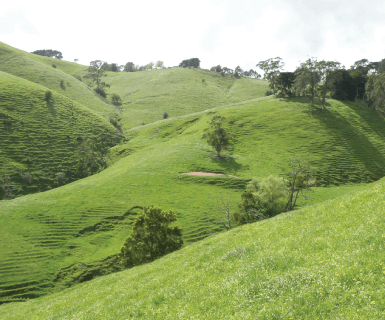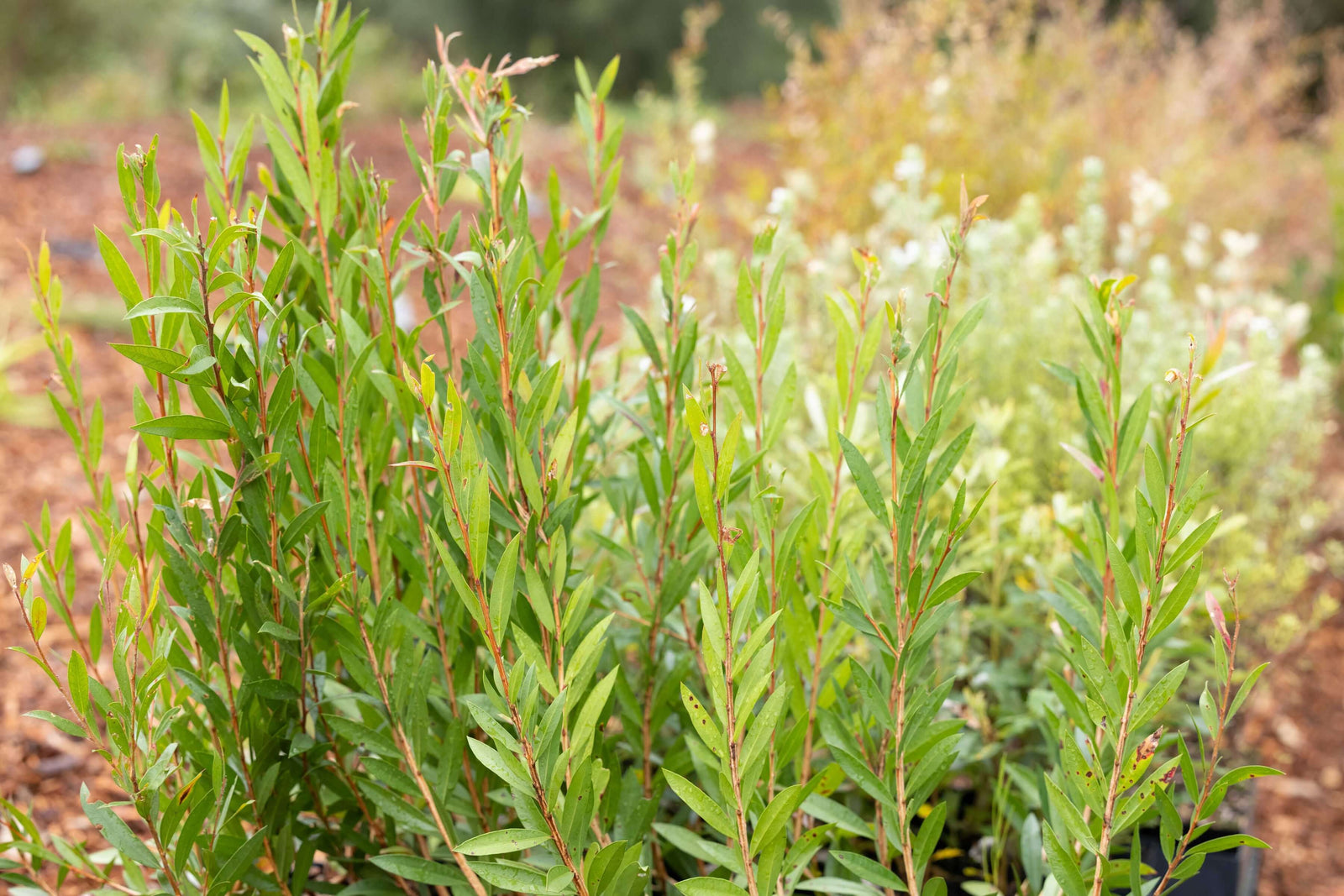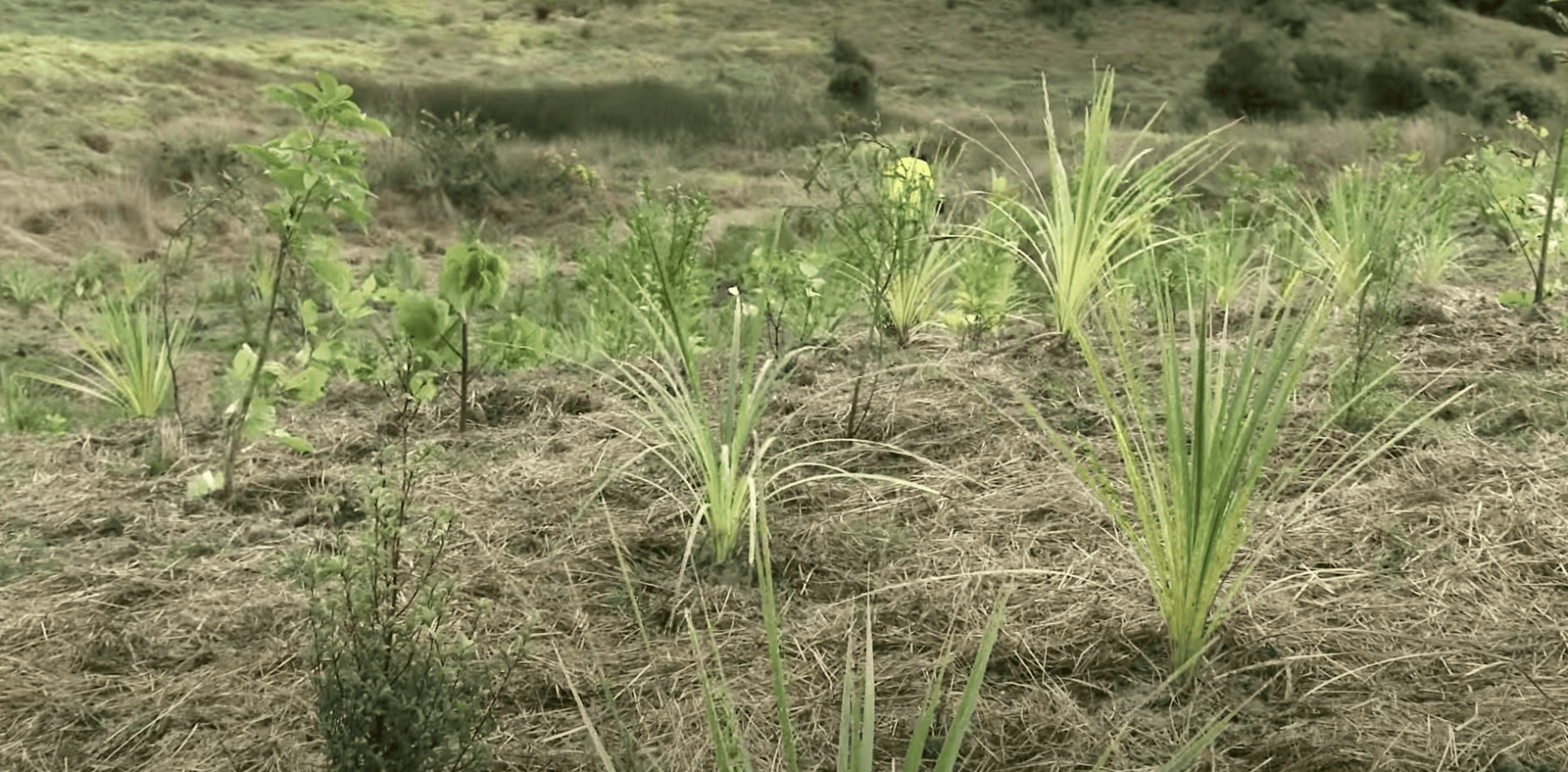
When thinking about Australian wildlife, earthworms may not be the first animals that come to mind. But did you know that southern Australia is home to one of the rarest earthworms in the world?
Greenfleet’s reforestation work in Gippsland is protecting this threatened species from habitat degradation.
Described by Sir David Attenborough as the “rarest and most extraordinary of all earthworms”, the Giant Gippsland Earthworm (Megascolides australis) can be found underground in the soils of Victoria’s West and South Gippsland.[1] Incredibly, these worms can grow up to 150 centimetres long!
More often heard than seen, these fascinating creatures make gurgling noises as they move through their tunnels under the surface of the soil. While most earthworms live in moist soil, the Giant Gippsland Earthworm thrives in soil that is especially wet as this helps with their movement and respiration[2]. Higher rates of rainfall in Gippsland makes the habitat suitable for these animals and they are generally found closer to creeks and riverbeds.
In this 2005 documentary, Attenborough visits Gippsland in search of this particular earthworm. Below, you can see the footage of him discovering a Giant Gippsland Earthworm and one of their egg cocoons.
Found nowhere else in the world, the Giant Gippsland Earthworm is a species protected at a State and Federal level. Its habitat is restricted to a small area of west and south Gippsland and is listed as threatened in Victoria.
Because of this, there are important practices to be followed when it comes to working on land where these worms might be present. When Greenfleet undertakes projects in this region, care is taken to ensure that the habitat of these rare creatures is protected.
Through a pre-planting survey, Greenfleet found evidence of the Giant Gippsland Earthworm at a site called ‘Corymbia Farm’ in West Gippsland. Grazing properties like this with low tree cover and steep hills can be vulnerable to landslides, which can threaten the earthworms and disrupt their habitat.
When Greenfleet planted more than 26,000 native trees at Corymbia Farm in 2018, we had to ensure our work would not cause any damage to the Giant Gippsland Earthworms or put their habitat at risk.
In consultation with Dr Beverley Van Praagh, Australia’s leading expert on the Giant Gippsland Earthworm, revegetation was carefully undertaken to protect the invertebrates from direct damage and longer-term habitat degradation.
Importantly, the tree species chosen also ensures the soil moisture remains consistent around the earthworm colonies. Some of the native species planted as a part of this project include Strzelecki Gum (Eucalyptus strzeleckii), Blackwood (Acacia melanoxylon), Prickly Moses (Acacia verticillata) and Kangaroo Apple (Solanum aviculare). However, different species were planted on different parts of the property depending on how much water they need to thrive.
Eucalypt species can generally dry out the soil as they grow, so we avoided planting them in areas we knew the Giant Gippsland Earthworm was present. They are however an important species when it comes to preventing landslides so they were planted on other parts of the property and in decades to come when these trees are established, they will provide excellent habitat for the worms.
Climate action is at the forefront of the work that we do and protecting threatened species such as the Giant Gippsland Earthworm is an important co-benefit of our reforestation efforts. The forest at Corymbia Farm will be protected for 100 years and we hope that these incredible creatures can live there happily for generations to come.
References:



